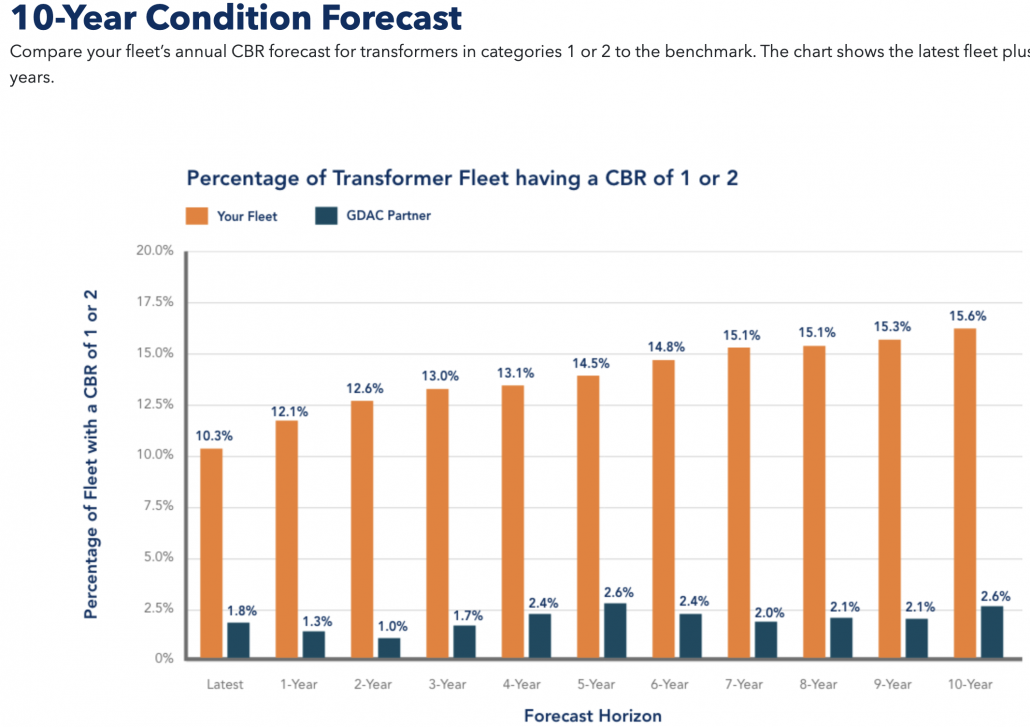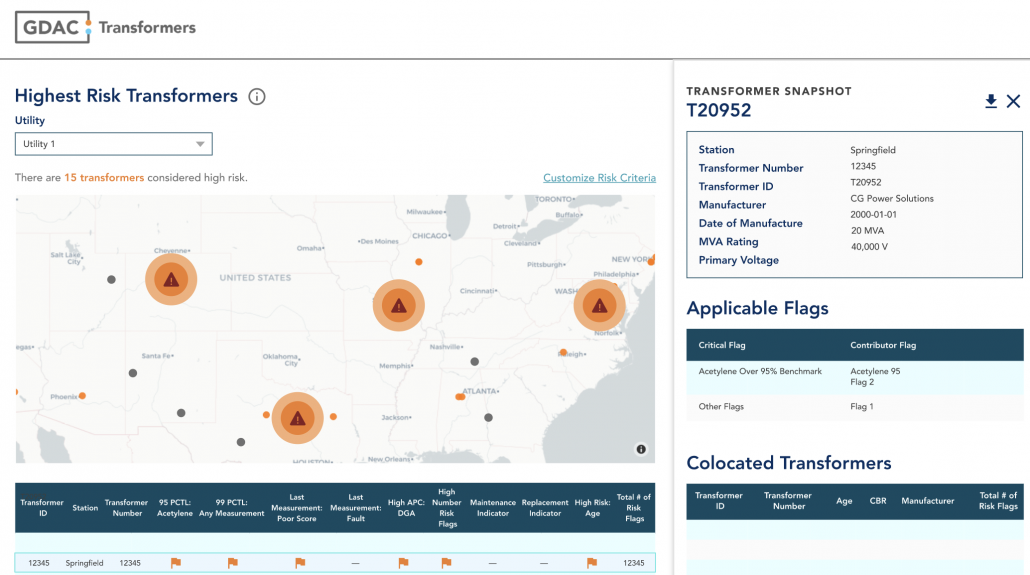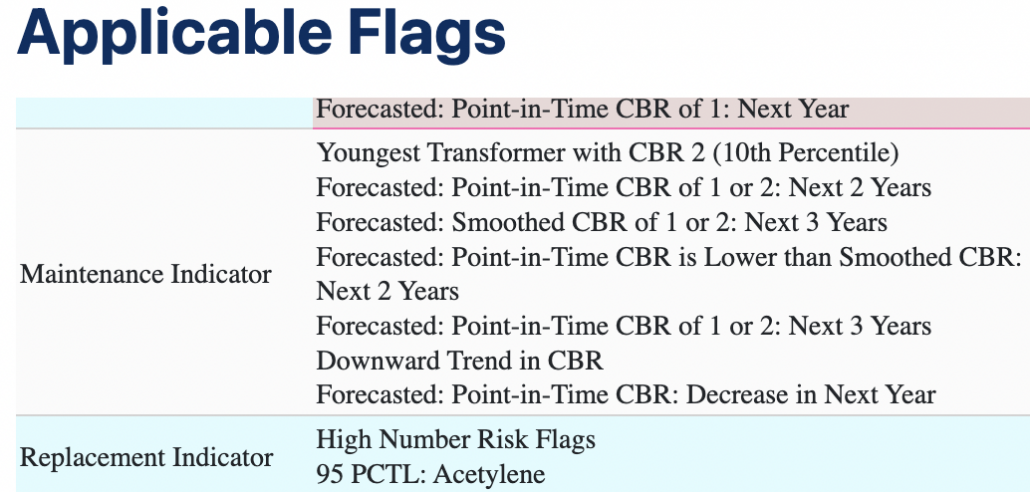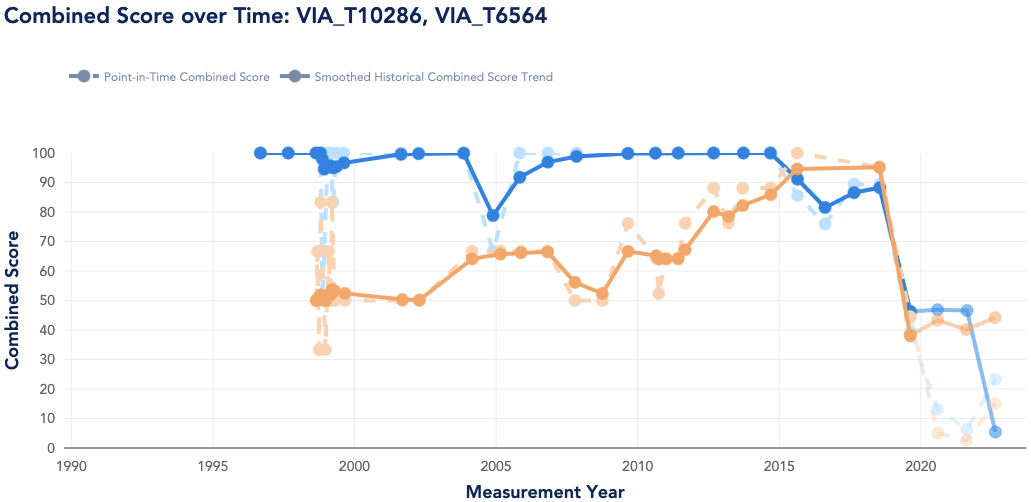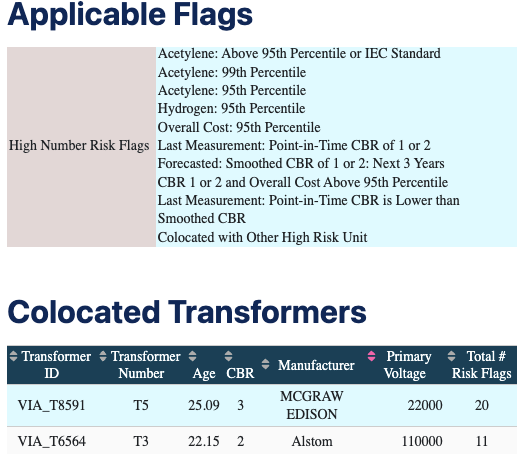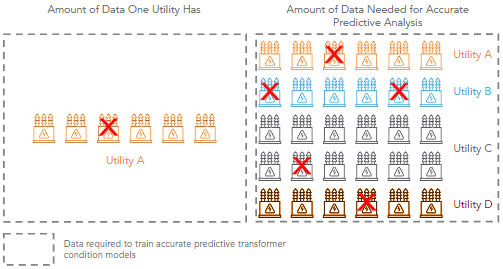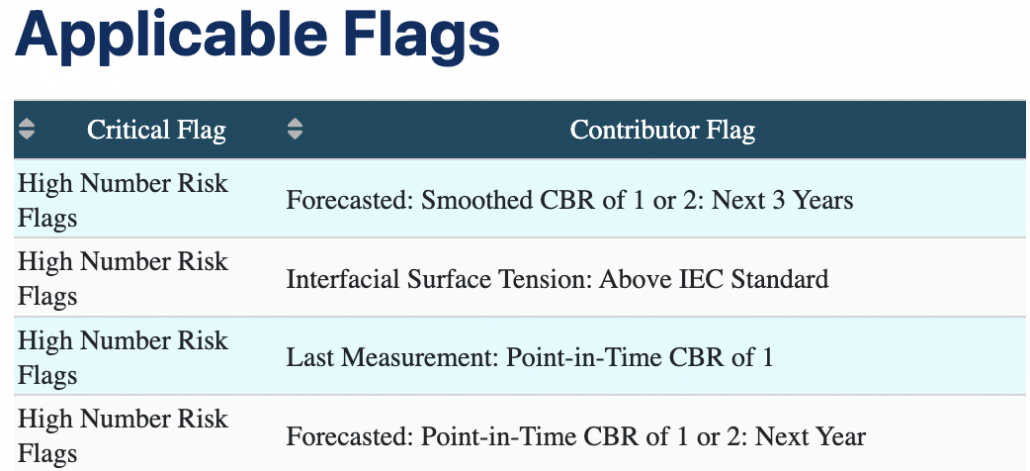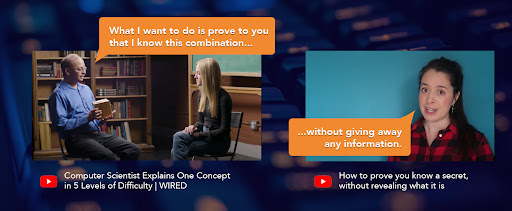The BIG (but hidden) deal in the Inflation Reduction Act and other upcoming regulations
Following the $1.2 trillion Infrastructure Investment and Jobs Act (or Bipartisan Infrastructure Law) last year, an additional $437 billion in Tuesday’s Inflation Reduction Act may seem like small change.
It’s not.
Unless you’re into the policy details like VIA is, one thing that may have gone under the radar is that there’s the potential to add billions of dollars to consumers’ wallets and purses each year. The reason isn’t the tax credits or incentives in the bill itself (although that’s certainly part of it).
There are two different pieces of legislation and regulation that are going to make this happen. The first is this week’s Inflation Reduction Act and second is FERC 2222. The rule came out a few years ago, but won’t go into full effect until 2023. This is a national (except Texas) rule that makes it possible for pretty much anyone to participate in the wholesale energy markets.
Wait, wholesale what?
In short, FERC 2222 says that consumers of a certain size (individually or aggregated together) can buy and sell energy at the same price that a multi-billion dollar company can. Up until now, most consumers were paid or saved whatever their going retail rate was (e.g., $0.15 to $0.30 per kWh) for reducing their consumption, shifting the time of their consumption, or selling their generation (e.g., solar) back to the grid. While not nothing, wholesale electricity rates can fluctuate dramatically. For example, during emergencies, wholesale prices can be MUCH higher (e.g., $20 per kWh). Those volatile, skyrocketing prices are becoming more frequent and lasting longer. We’ll actually be talking about the drivers of that volatility in an upcoming blog post.
The impact is that, by some estimates, a consumer could earn $500 to $1,000 (your mileage may vary) per year through various demand response programs. That’s with retail pricing. With wholesale rates, those cash payments will be significantly higher.
So that’s FERC 2222. What’s the connection to the Inflation Reduction Act?
Well, a lot of incentives are in place for consumers to upgrade to electric heat pumps, add solar, add EVs, and upgrade appliances. Anything new has the potential to be “smart.” That is, remote controlled so it can automate the process of turning on or off when needed. Like during an emergency.
The combination of new “smart equipment” purchased through the Inflation Reduction Act and FERC 2222 mean greater incentives and lower barriers to adoption (automated transactions instead of manual transactions).
If you follow the news, there’s been some backlash against the idea of having a company, like a utility, remote controlling the appliances in your home.
We agree. That’s why we believe so strongly in our new Web3 solution, Skylight.
Three key benefits of VIA’s Skylight value proposition are:
So, overall, we’re pretty excited about the combination of events playing out right now. For savvy consumers, there’s HUGE potential for additional income and you don’t even need your tax accountant to help you out.
Of course, we’re equally excited that the regulatory direction is in line with VIA’s overall mission to make communities cleaner, safer, and more equitable.
Stay tuned for more upcoming announcements from VIA on this topic.
- Text – H.R.3684 – 117th Congress (2021-2022): Infrastructure Investment and Jobs Act
- H.R.5376 – 117th Congress (2021-2022): Inflation Reduction Act of 2022
- The actual amount will vary by size of home, local tariffs, local grid topology, etc. In many instances, demand response happens through an aggregator who may take as much as 90% of the savings for their role as a middle man.
- A demand response program is a program where electricity consumers agree to reduce their power consumption a certain number of times per contract period in return for financial compensation. A twist on this model is the Ford F-150, Duke Energy program. “Pilot incentives will reduce vehicle lease payments for program participants who lease an eligible electric vehicle (EV), including Ford F-150 Lightning trucks. In exchange, customers will allow their EVs to feed energy back to the grid – helping to balance it during peak demand.”

